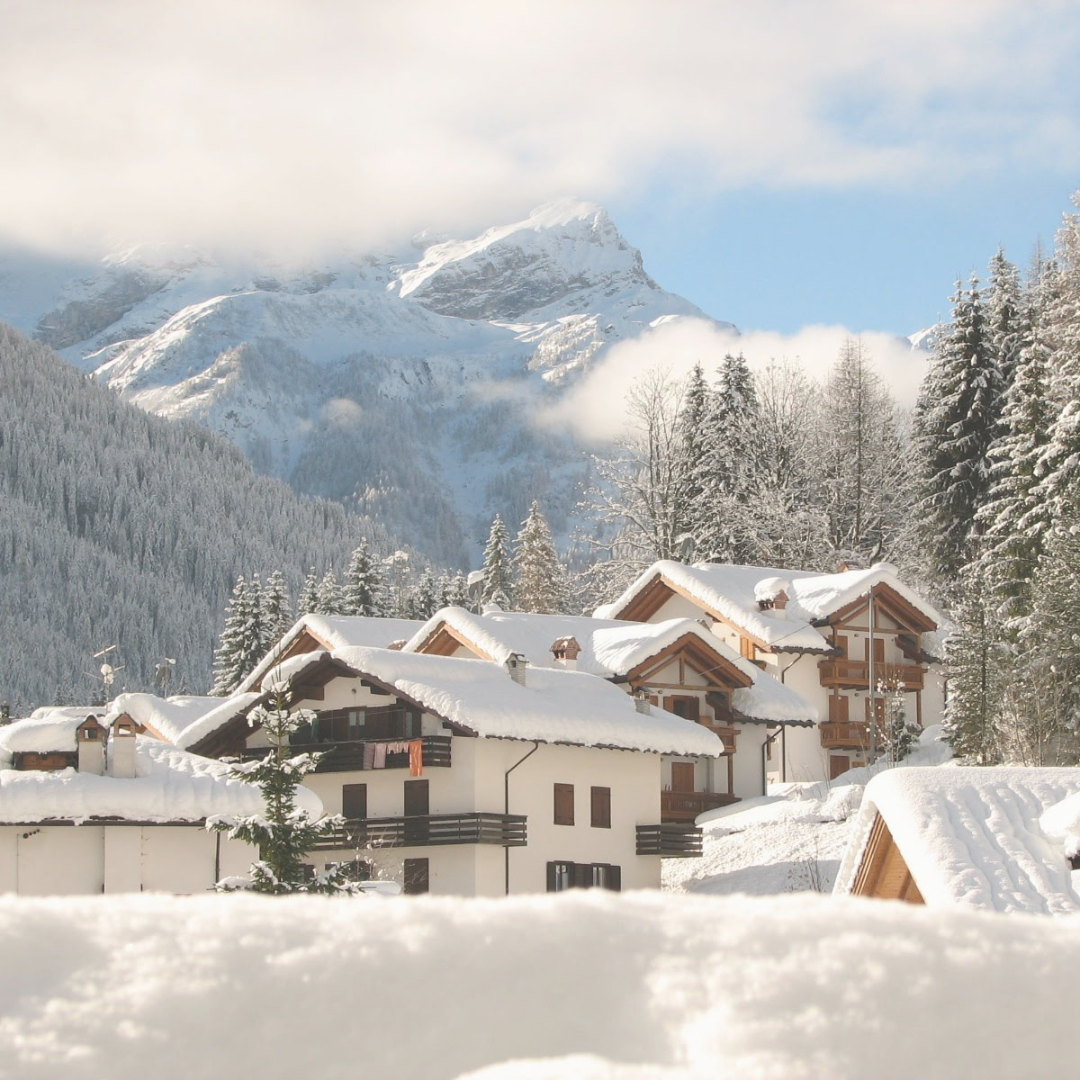How to Protect Your Home from Insurance Claims in Winter
Winter is beautiful, but it can also be treacherous for homeowners. Freezing temperatures, snow, and ice increase the risk of damage to your property, potentially leading to costly insurance claims. The good news? Proactive measures can help you safeguard your home and avoid unnecessary headaches this season.
Here’s a winter-ready guide to help protect your home from insurance claims.
1. Prevent Frozen Pipes
Frozen pipes are one of the most common winter woes for homeowners. When water freezes inside pipes, it expands, potentially causing them to burst and flood your home.
What to Do:
- Insulate pipes in unheated areas like basements, attics, and garages.
- Keep your thermostat set to at least 55°F, even when you’re away.
- Let faucets drip during extreme cold to relieve pressure in pipes.
- Seal cracks or openings where cold air might reach your plumbing.
2. Maintain Your Roof
Snow and ice buildup can lead to roof damage, leaks, or even collapse. Ice dams, which occur when snow melts and refreezes at the edge of your roof, can be especially problematic.
What to Do:
- Clear gutters and downspouts to ensure proper drainage.
- Use a roof rake to remove excess snow after heavy storms.
- Insulate your attic to prevent heat loss, which can cause snow to melt unevenly.
- Check your roof for missing shingles or weak spots before winter sets in.
3. Protect Against Slips and Falls
Icy driveways and walkways pose risks to visitors, delivery personnel, and even your family. Liability claims can arise if someone gets injured on your property.
What to Do:
- Apply salt, sand, or de-icing products to sidewalks and driveways regularly.
- Shovel snow promptly after each storm.
- Repair uneven walkways or steps before they’re hidden under snow and ice.
- Add outdoor lighting to improve visibility during dark winter evenings.
4. Prevent Fires and Carbon Monoxide Poisoning
Winter often means more indoor heating, which increases the risk of fire and carbon monoxide (CO) poisoning.
What to Do:
- Have your heating system, fireplace, and chimney inspected and cleaned annually.
- Test smoke and carbon monoxide detectors regularly.
- Avoid overloading electrical outlets with holiday lights or space heaters.
- Store firewood at least 30 feet from your home to reduce fire risk.
5. Seal Drafts and Insulate
Drafty windows and doors let in cold air, increasing your heating bill and the likelihood of frozen pipes. Proper insulation also helps keep moisture out, preventing mold growth.
What to Do:
- Use weatherstripping or caulk to seal gaps around windows and doors.
- Add insulation to attics, walls, and crawl spaces.
- Invest in energy-efficient windows if drafts are a recurring issue.
6. Monitor Your Sump Pump
Melting snow can lead to basement flooding if your sump pump isn’t working correctly.
What to Do:
- Test your sump pump before winter to ensure it’s operational.
- Install a battery backup in case of power outages.
- Check that the discharge pipe is clear of debris and drains away from your home.
7. Trim Overhanging Branches
Heavy snow and ice can cause tree branches to snap, potentially damaging your roof, siding, or power lines.
What to Do:
- Trim overhanging branches before winter storms hit.
- Remove any dead or weak trees on your property.
8. Review Your Insurance Policy
Finally, make sure your insurance policy is up to date and adequate for winter risks. Confirm that your coverage includes protection against burst pipes, roof damage, and liability claims for slips and falls.
What to Do:
- Take an inventory of your belongings for faster claims processing if needed.
- Consider adding riders for high-value items or additional coverage for disasters specific to your region.
A Winter-Ready Home is a Happy Home
Winterizing your home isn’t just about comfort—it’s about minimizing risks and ensuring your property stays in good shape. By taking these precautions, you can reduce the chances of damage and avoid filing insurance claims that could lead to higher premiums.
With a little preparation, you can enjoy the season’s beauty without the stress of unexpected home emergencies. Stay warm, stay safe, and enjoy a worry-free winter!




